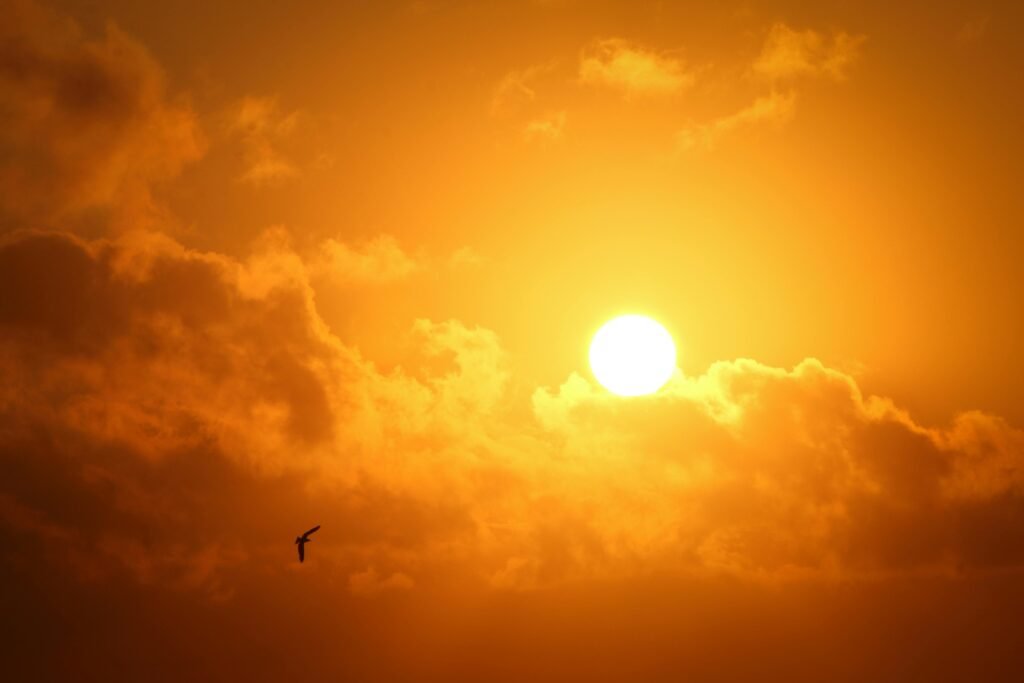The Sun is a giant, glowing ball of hot gases at the center of our solar system. It is mostly made of hydrogen and helium and produces light and heat through powerful reactions inside its core. This energy is what makes life on Earth possible!
The Sun’s light gives us daytime, helps plants grow through a process called photosynthesis, and keeps our planet warm. Even though the Sun is 109 times wider than Earth, it looks small because it’s far away—about 149.6 million kilometers from us!
It’s important to remember that looking directly at the Sun can hurt our eyes, and too much time in the Sun can harm our skin. So, let’s enjoy the Sun safely by wearing sunscreen and using sunglasses!
In summary:
☀️The Sun is the star of our solar system and the brightest body in the sky. Its brightness is so great that during the day, it almost completely prevents other celestial bodies from being visible.
☀️Because the Earth is not stationary but rotates around its axis once a day, the Sun rises in the morning and sets in the evening.
☀️The Sun’s diameter is 109 times larger than Earth’s, but it is so far away (149.6 million kilometers) that it appears much smaller.
☀️Although it appears small, we should not look directly at it because our eyes are very sensitive and could be damaged. Nor should we expose our skin to it for long periods, especially in the summer, as it can cause serious skin damage.

AirData Hub aims to support the Copernicus Atmosphere Monitoring Service (CAMS) National Collaboration Programme in achieving optimal utilization of CAMS products at the national level.
Navigation
Find us on
ADDRESS
82 Franklin Roosevelt, 3012,
Lemesos, Cyprus
TELEPHONE
+357 25002908

Copyright © 2024 – Eratosthenes Center of Excellence
